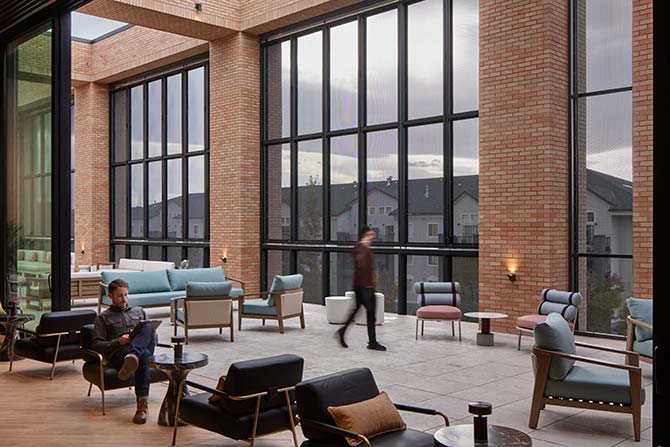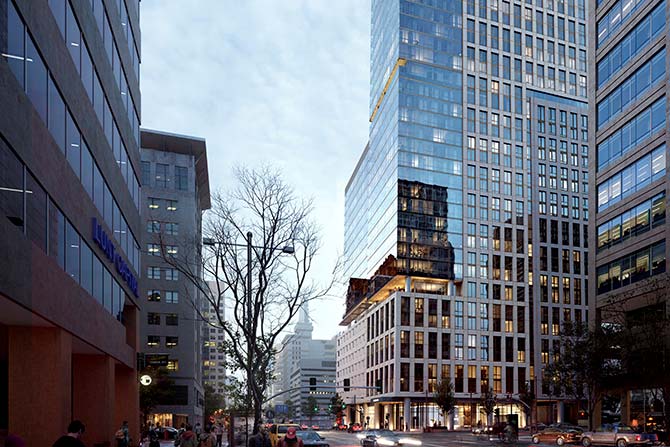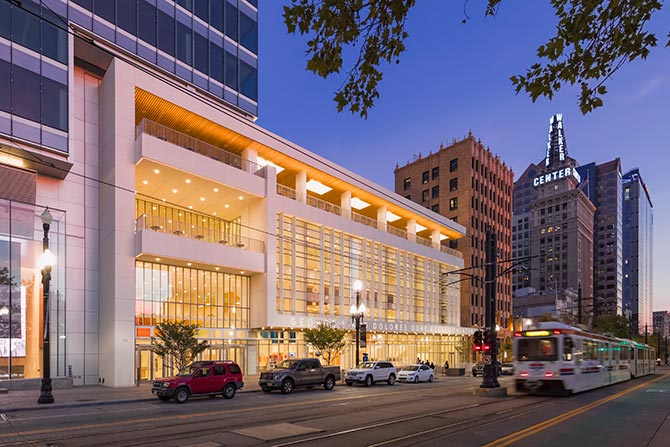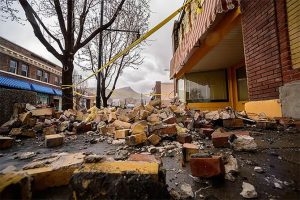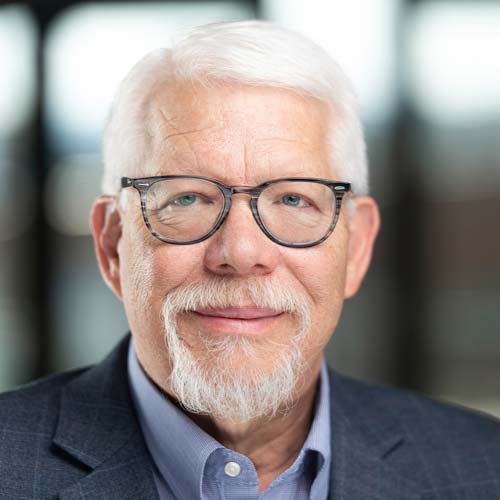
Michael Vela, AIA
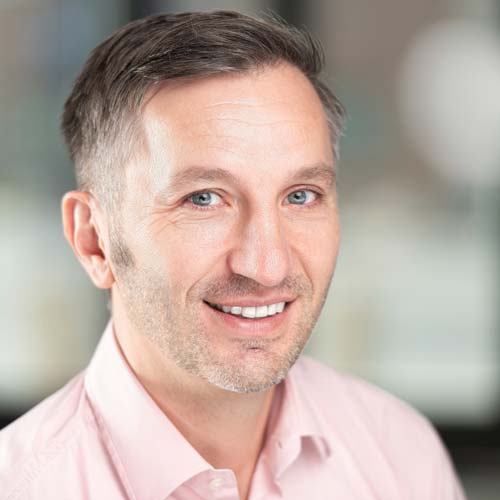
Emir Tursic, AIA
Many architectural firms start an additional location. The firm might see business opportunities or have a client with a job that needs service or an employee who wants to move there. Many firms also close those offices when they can’t sustain the financial base necessary to be self-supporting or the original project that launched the satellite is completed.
The Salt Lake Studio of HKS, however, is a success story. In March 2024, HKS Salt Lake City will celebrate its 25th anniversary. The Salt Lake office, which began modestly to serve clients in the Intermountain West and the Pacific Region, now has 27 employees and a healthy portfolio of work in and outside of Utah. The studio is busy and growing.
The growth of the HKS Salt Lake City office was shaped by HKS’s home office philosophies. In 1939, Harwood K. Smith founded what was then a one-person firm in Dallas. Smith began his career by designing several residential communities and high-rise office buildings. By the 1970s, HKS included a diversified portfolio of education, industrial, banking and healthcare work. Today the firm is an interdisciplinary design firm with 29 offices in North America, Latin America, Europe, Asia and the Pacific. There are more employees working outside the Dallas office than within it. The firm has won numerous awards for the quality of its design, including the prestigious AIA COTE Top Ten Award in 2023.
At the heart of each office’s success is the approach that HKS has to expansion. Emir Tursic, AIA, Salt Lake HKS’s current office director, said, “It’s not an easy task. We thoroughly research the demographics of each location and consider our client relationships and the availability of talent. You can’t overlook the challenges in a new market. Before opening a business in an area or region, there has to be an incredible understanding of the market and emphasis on what HKS can bring to clients.”
Michael Vela, AIA, opened the Salt Lake office in 1999. His chief focus, then, was to keep current clients happy. Michael’s office oversaw the construction of the 26-story American Stores Tower (now Wells Fargo Center) and primarily served healthcare clients that had a presence in Utah and the Pacific region.
At first, Salt Lake was largely a small CA outpost, and design work came out of Dallas, but Michael Vela was dedicated to making the Utah office a viable local business. There was organic growth spurred by his knowledge and investment in the community. He taught and recruited from the University of Utah. Michael sat on Salt Lake’s Historic Landmark Commission, Utah Fire Uniform Building Commission and the Board of the Utah Chapter of the American Institute of Architects. He chased Utah work, was able to secure it by complementing his personal resume with local experience and a national portfolio. Michael and the key staff he hired over time — including Emir Tursic — grew HKS Salt Lake from a small satellite office into a full-service design firm that delivers hospitality, commercial and cultural projects that are changing the fabric of the Salt Lake City downtown.
One of the biggest misperceptions about HKS Salt Lake is that it is still a Utah storefront for a global firm. Emir said, “We really think of ourselves as a local firm with a global reach. Most employees come from Utah, and many are University of Utah graduates. They pride themselves on being part of the community, which inherently makes us a local company. We are very embedded in the community. The big difference is that we are part of a bigger whole with a depth of expertise and an ability to work at all scales.”
HKS has a reputation for doing mostly large projects. Certainly, there are a fair share of high-profile projects in Utah with HKS’ name attached to them: Wells Fargo, the Eccles Theatre (a collaboration with Caesar Pelli), the Capitol Theatre Remodel and Jessie Eccles Quinney Dance Centre, Brigham Young University Music Building, Astra Tower and Union Station Hotel, among many others. However, the studio also does a lot of different scaled projects: the Edison House, the Fourth Street Clinic and even single-room remodels. The firm has a public-interest initiative called Citizen HKS which allows it to dedicate company time and resources to help communities in need all over the world.
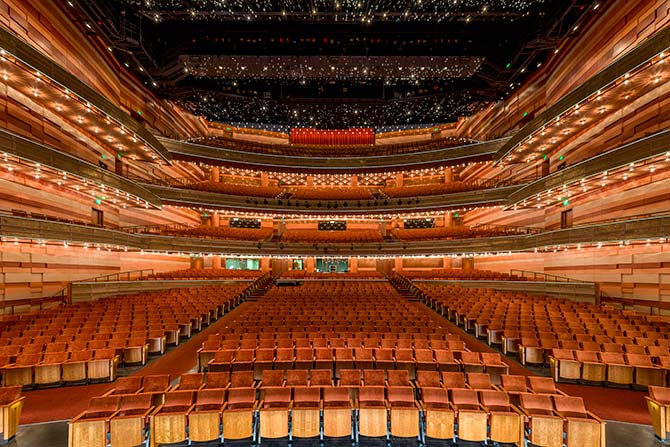
HKS brings the best talent to each job and diversity is a priority. Guided by the four pillars of Firm Equity, Advocacy for Diversity, Workplace Inclusion and Designing for Belonging, HKS is committed to building an international design practice that reflects the diversity of the clients and communities they serve. In 2020, HKS was one of the first sizable interdisciplinary design firms to join the United Nations Global Compact, the world’s shared plan to end extreme poverty, reduce inequality and protect the planet by 2030. To meet these demands, HKS adopted an Environmental, Social and Governance (ESG) structure. This means they use ESG data to evaluate the firm, from their employees to processes, policies and design portfolio.
Beyond the large and varied labor force, there are other advantages to working with HKS’s global structure. Since, at any given time, market conditions dictate where the work is, the Salt Lake studio does not have to rely solely on design opportunities that are available in the Intermountain Region. Sometimes all the work in the office is in Utah, but if Utah slows down, the larger organization can use the Salt Lake staff’s expertise to work on or lead a project in different locations. It is these national and global opportunities that appealed to Emir and many of his University of Utah classmates and led them to HKS.

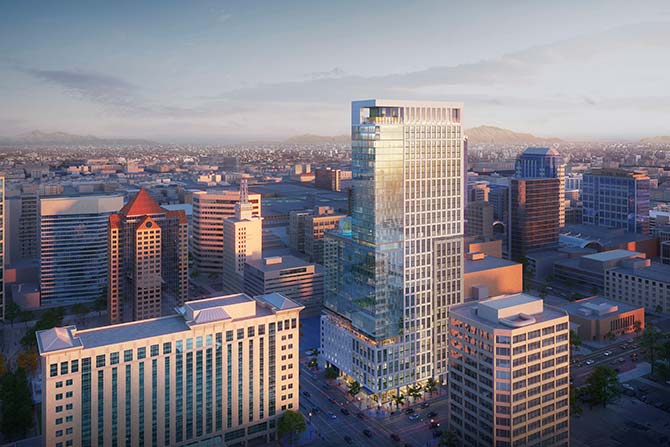


As a result, while their talent is always busy, organizing work across many offices can be demanding. HKS has embraced a hybrid work model since 2022, not only for design, documentation and delivery but also for the daunting tasks of managing workload, accounting and budgeting. Project leaders directly connect weekly in staffing meetings, going through every project to determine its level of needs. The firm is leveraging new technologies to connect with each other and with clients and partners.
Emir observes that the design industry has evolved a lot in the last 20 years and continues to evolve. He predicts that AI will be a common tool like Revit and AutoCad, particularly to help look for precedents, methodology and materials. In the Salt Lake City office, as well as firmwide at HKS, there is a keen focus on sustainability on a holistic level. The firm became carbon neutral in 2023. “We are surely thinking about the carbon footprint, resilience and wellness to a much higher degree than in the past. Because technology has made the industry sleeker and faster, teams are smaller, and expectations have grown. Still, our design process hasn’t really changed. They are incredible tools, but you cannot design a building in a week.”
The takeaway from 25 years of HKS’s success as both a regional office and local architecture firm? Leverage the strengths of having loyal clients and a wealth of professional expertise both nationally and internationally and dig your roots very deep into the community. Make it your home. Emir and Michael feel very fortunate to have contributed so significantly to Utah’s built environment. “We have been part of so many impactful projects and been able to play an integral part in the development of our city and state; we believe our body of work reflects that. We want this anniversary to be a celebration of our clients and our community,” said Michael.
